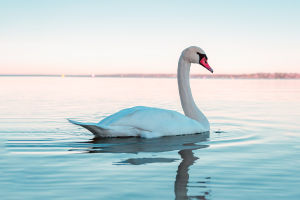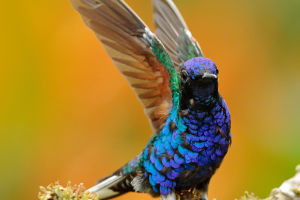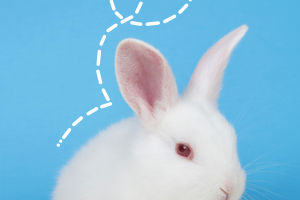Sika deer, are a fascinating species native to East Asia.
These deer are characterized by their distinctive coat, which can vary in color from reddish-brown in the summer to a more muted grayish-brown in winter, often with white spots that provide excellent camouflage in their natural habitat.
They are medium-sized deer, with males typically larger than females. Adult males can weigh between 45 to 100 kilograms, while females generally weigh around 30 to 70 kilograms.
One of the most striking features of the male sika deer is their impressive antlers, which can grow up to a meter long, branching into several tines. These antlers are shed annually and regrown, a common trait among deer species.
Sika deer inhabit a variety of environments, including temperate forests, grasslands, and coastal regions. They are particularly well-adapted to diverse habitats, allowing them to thrive in areas with varying vegetation and climate.
Their diet primarily consists of grasses, leaves, fruits, and bark, making them browsers and grazers. Sika deer are known for their selective feeding habits, which help them to maintain a balanced diet throughout the seasons. They often forage during early morning and late afternoon, taking advantage of cooler temperatures while avoiding the heat of the day.
Socially, sika deer are quite interesting. They tend to form small herds, especially females and their young, while males may be more solitary or form bachelor groups outside the breeding season.
During the rutting season, which typically occurs in the autumn, males become more territorial and vocal, engaging in displays of strength to attract females and assert dominance over rivals.
Their distinctive calls, often described as a whistle or grunt, resonate through the forest, marking their presence and intentions. This vocal communication is vital during mating season, helping to attract potential mates and deter other males.
In terms of reproduction, sika deer exhibit a polygynous mating system, where a single male mates with multiple females. After a gestation period of about seven months, females give birth to one or occasionally two fawns.
The fawns are born with spots that help them blend into their surroundings, a protective adaptation against predators. The mother is highly attentive, keeping her young hidden and safe until they are strong enough to join the herd. This nurturing behavior ensures that the fawns have a better chance of survival in their early days.
Despite their adaptability and resilience, sika deer face various threats. Habitat loss due to urbanization, agriculture, and deforestation poses significant challenges to their populations. Additionally, they are hunted for their meat, hides, and antlers, which further impacts their numbers.
In some regions, such as parts of the United States, sika deer have been introduced and have established populations, sometimes leading to conflicts with local ecosystems and wildlife.
This introduction has raised concerns among conservationists about the balance of native species and the potential for sika deer to become invasive in areas where they do not belong.
Conservation efforts are crucial to ensuring the survival of sika deer in their native habitats. Protected areas, such as national parks and wildlife reserves, play an essential role in safeguarding these animals and their ecosystems.
Education and awareness programs can also help to promote the importance of preserving natural habitats and the species that inhabit them. By fostering a greater understanding of the ecological role sika deer play, we can contribute to their conservation and the overall health of the ecosystems they inhabit.
Sika deer are not only beautiful creatures with unique adaptations but also play a vital role in their ecosystems. Their social structures, feeding habits, and reproductive behaviors highlight the complexity of their lives.
As we continue to navigate the challenges posed by habitat loss and hunting, it is imperative to prioritize conservation efforts to ensure that future generations can appreciate these remarkable animals in the wild. Protecting sika deer ultimately contributes to the preservation of biodiversity and the integrity of the environments they call home.


